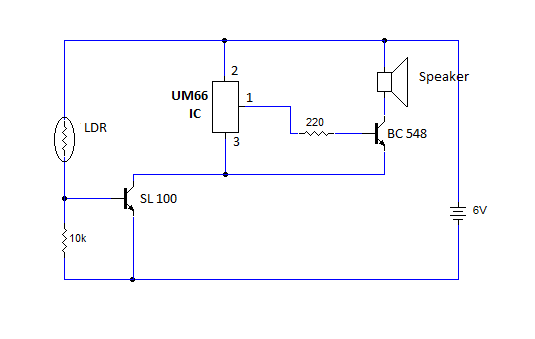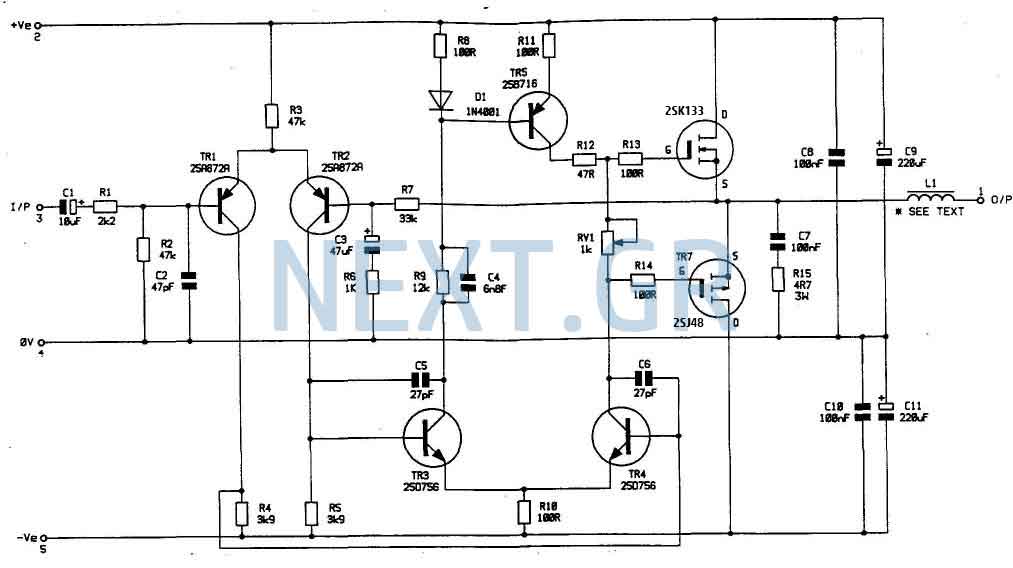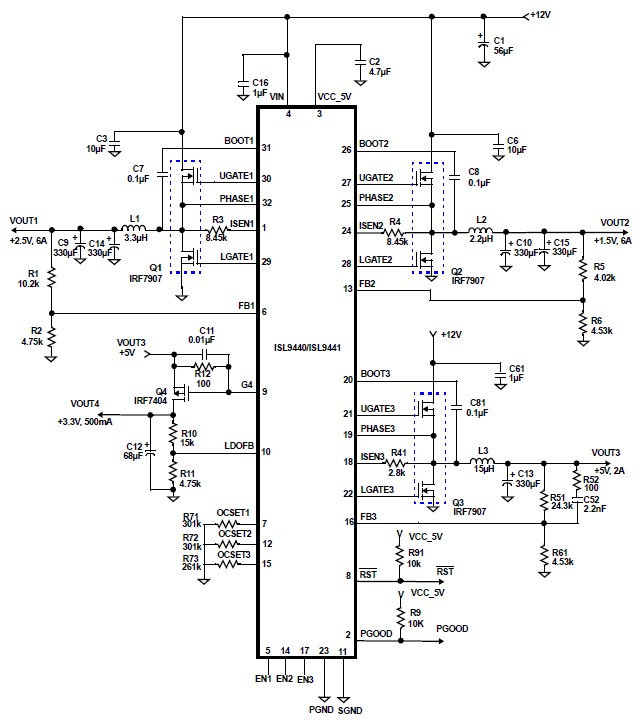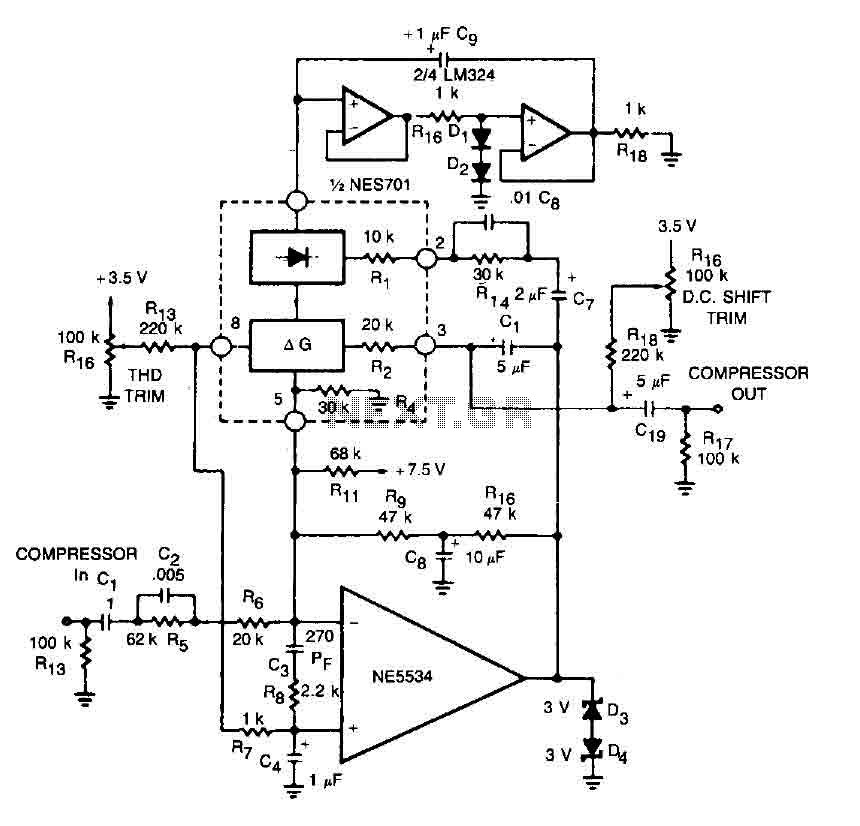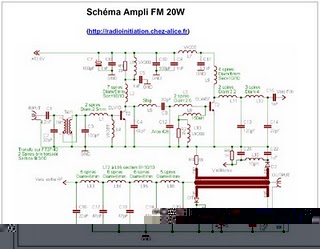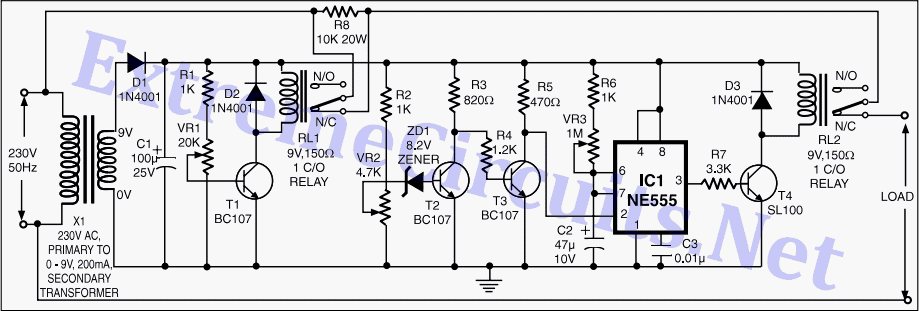
power supply for simple high quality tube amplifier class a
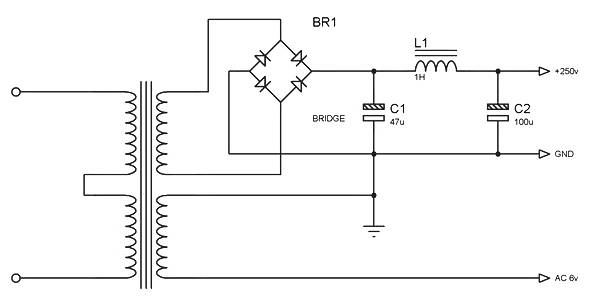
Power supply for a simple high-quality tube amplifier class A power supply. This power supply circuit is part of a series of simple high-quality tube amplifier class "A" designs. It may also be applicable to other devices. Detailed explanation: The capacitors in the power supply unit (PSU), as well as C5 in the amplifier, are designed to handle a voltage of 300V. The power and output transformers used in this amplifier are taken from a tape recorder model "Astra 4."
The power supply circuit designed for a high-quality class A tube amplifier is a crucial component that ensures optimal performance and reliability. This power supply unit (PSU) is engineered to deliver a stable 300V output, which is essential for the proper operation of the tube amplifier. The use of high-voltage capacitors within the PSU allows for efficient energy storage and smoothing of the output voltage, reducing ripple and noise that could adversely affect audio quality.
The circuit includes several key components: a transformer, rectifier diodes, filter capacitors, and voltage regulators. The transformer steps down the AC mains voltage to a lower secondary voltage, which is then rectified by diodes to convert the AC voltage into pulsating DC. The filter capacitors, including C5 in the amplifier circuit, play a critical role in smoothing this pulsating DC into a stable voltage level, maintaining the 300V required for the amplifier's operation.
In addition to the main power supply, the output transformers are selected from the "Astra 4" tape recorder model, which ensures compatibility and performance in audio applications. These transformers are essential for matching the impedance of the amplifier to the speakers, thereby maximizing power transfer and minimizing distortion.
Overall, this power supply circuit not only supports the functioning of the tube amplifier but can also be adapted for use in other electronic devices requiring similar voltage specifications. The careful selection of components and their arrangement in the circuit contributes to achieving high-quality audio output, characteristic of class A amplifiers.Power Supply for Simple high-quality Tube amplifier class A power supply. Go to that page to read the explanation about above power supply related circuit diagram. Thispower supplycircuit, is partof a series of Simple high-quality Tubeamplifierclass "A". Or maybe itcan be applied toother devices. Fewdeta iledexplanation: Thecapacitorsin thePSU, aswellasC5in theamplifier-a voltageof 300V. Thepowerandoutputtransformers, usedin thisamplifier, tape recorderon "Astra4. " 🔗 External reference
The power supply circuit designed for a high-quality class A tube amplifier is a crucial component that ensures optimal performance and reliability. This power supply unit (PSU) is engineered to deliver a stable 300V output, which is essential for the proper operation of the tube amplifier. The use of high-voltage capacitors within the PSU allows for efficient energy storage and smoothing of the output voltage, reducing ripple and noise that could adversely affect audio quality.
The circuit includes several key components: a transformer, rectifier diodes, filter capacitors, and voltage regulators. The transformer steps down the AC mains voltage to a lower secondary voltage, which is then rectified by diodes to convert the AC voltage into pulsating DC. The filter capacitors, including C5 in the amplifier circuit, play a critical role in smoothing this pulsating DC into a stable voltage level, maintaining the 300V required for the amplifier's operation.
In addition to the main power supply, the output transformers are selected from the "Astra 4" tape recorder model, which ensures compatibility and performance in audio applications. These transformers are essential for matching the impedance of the amplifier to the speakers, thereby maximizing power transfer and minimizing distortion.
Overall, this power supply circuit not only supports the functioning of the tube amplifier but can also be adapted for use in other electronic devices requiring similar voltage specifications. The careful selection of components and their arrangement in the circuit contributes to achieving high-quality audio output, characteristic of class A amplifiers.Power Supply for Simple high-quality Tube amplifier class A power supply. Go to that page to read the explanation about above power supply related circuit diagram. Thispower supplycircuit, is partof a series of Simple high-quality Tubeamplifierclass "A". Or maybe itcan be applied toother devices. Fewdeta iledexplanation: Thecapacitorsin thePSU, aswellasC5in theamplifier-a voltageof 300V. Thepowerandoutputtransformers, usedin thisamplifier, tape recorderon "Astra4. " 🔗 External reference
